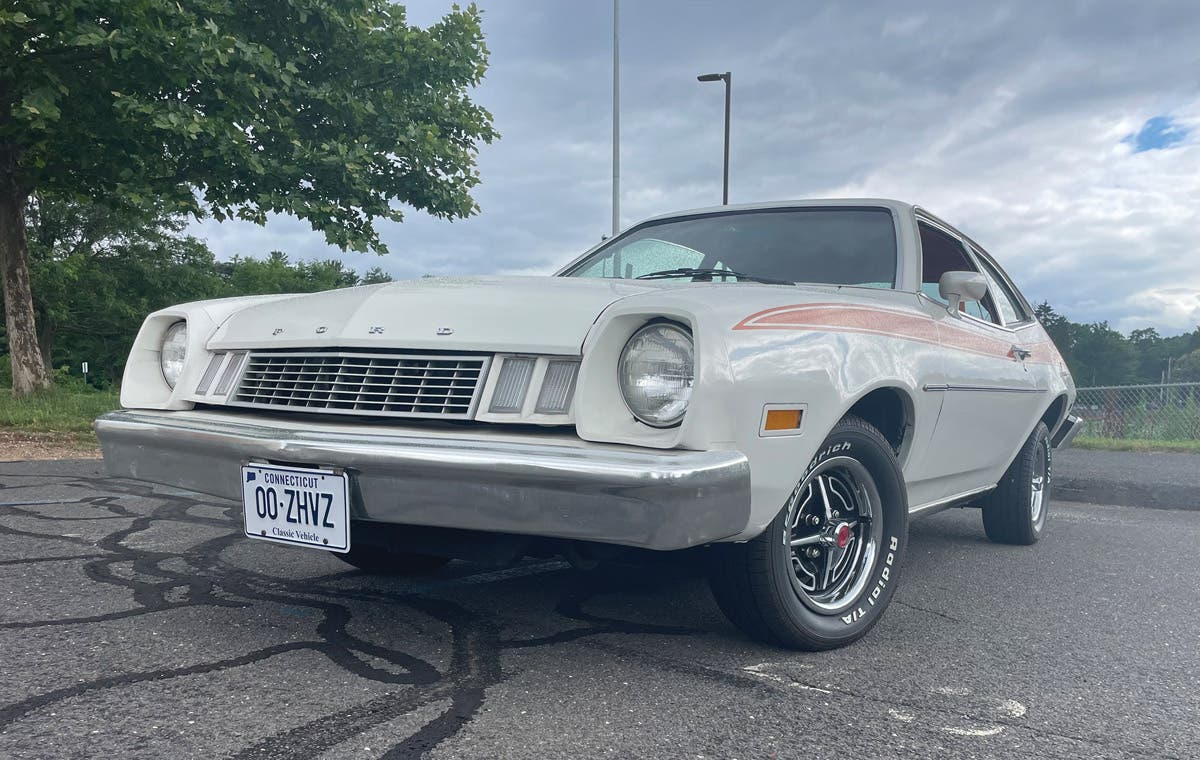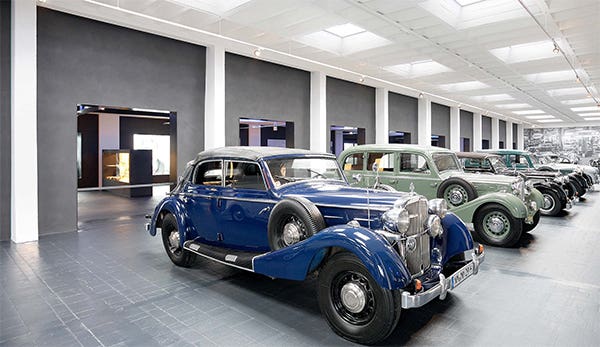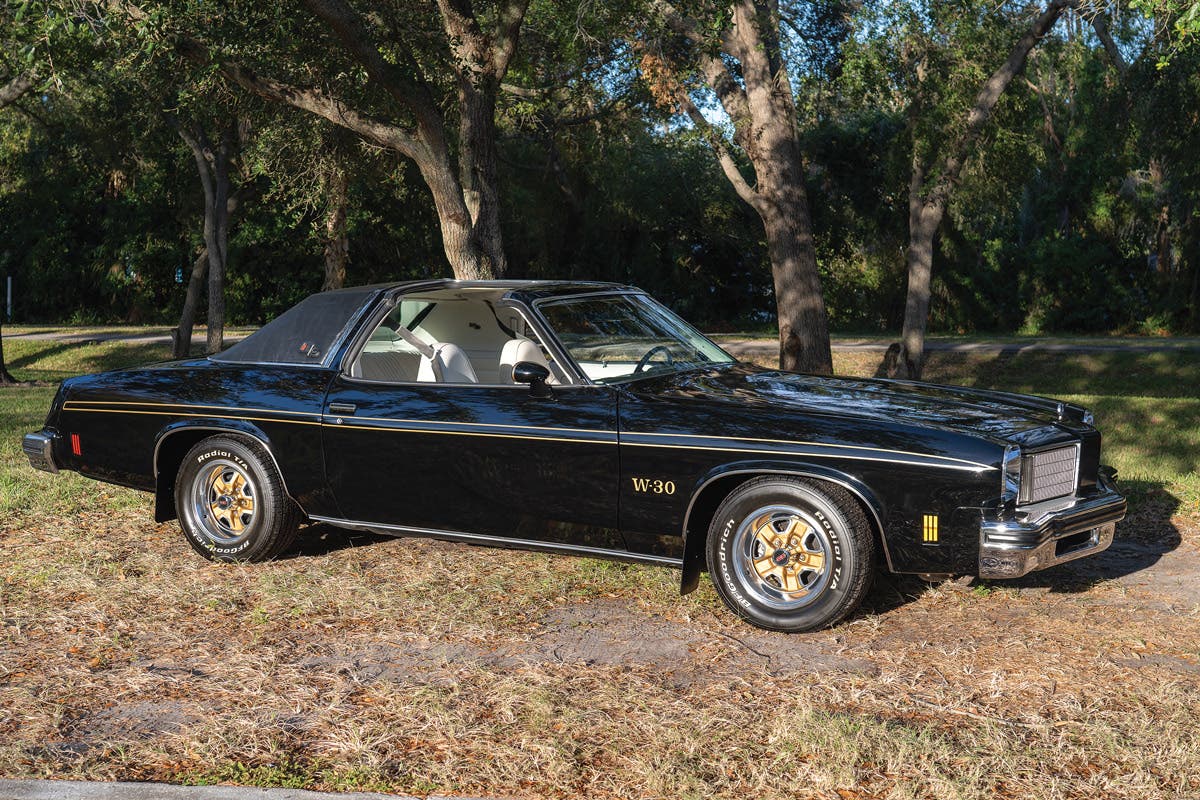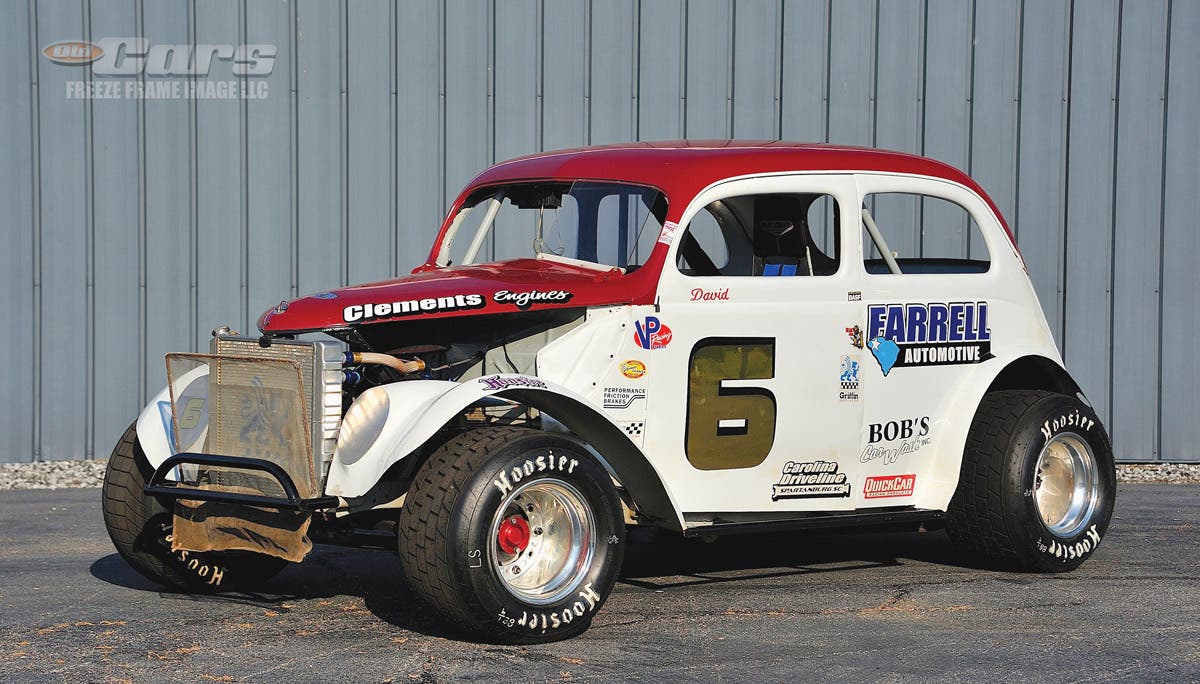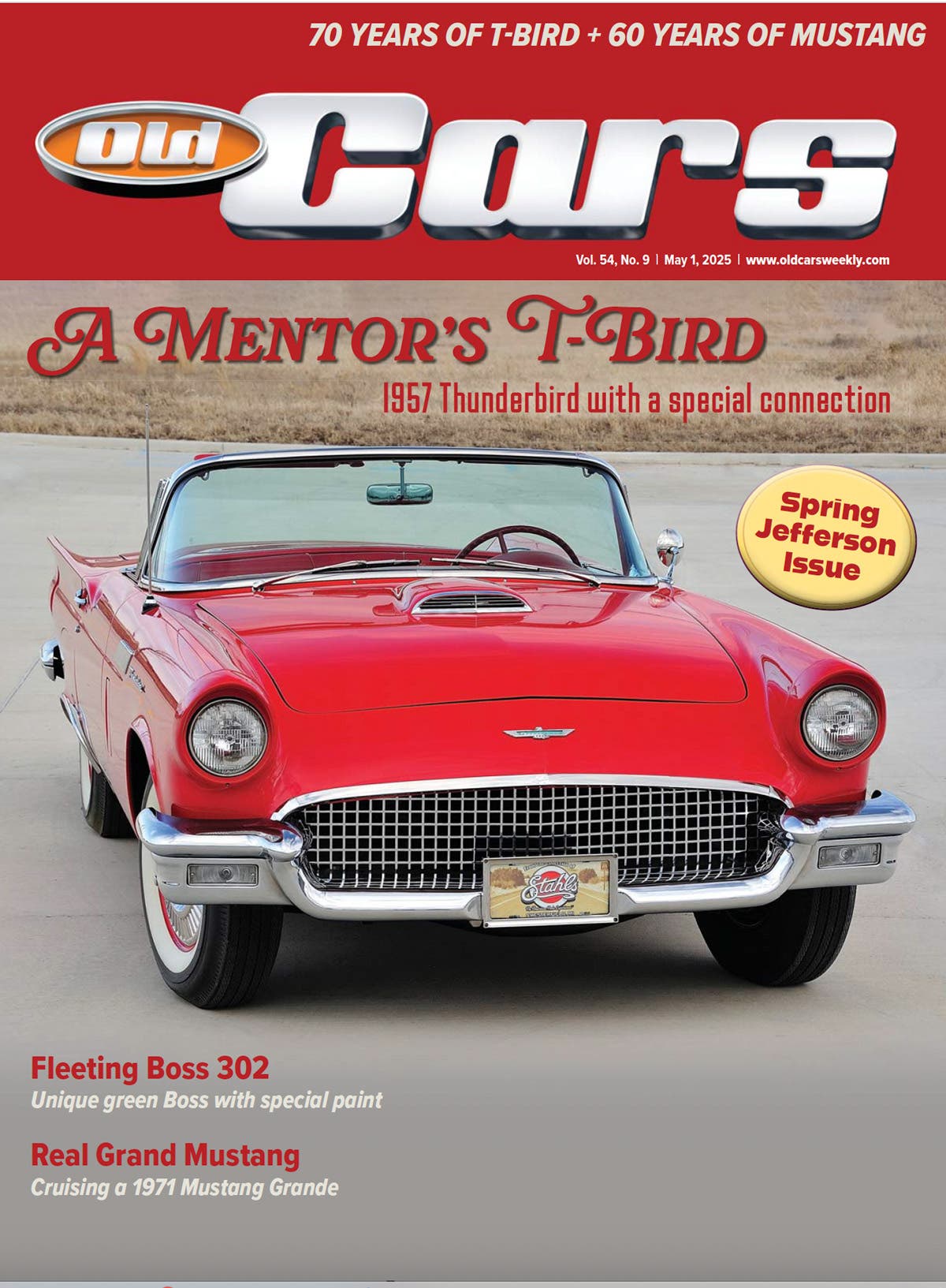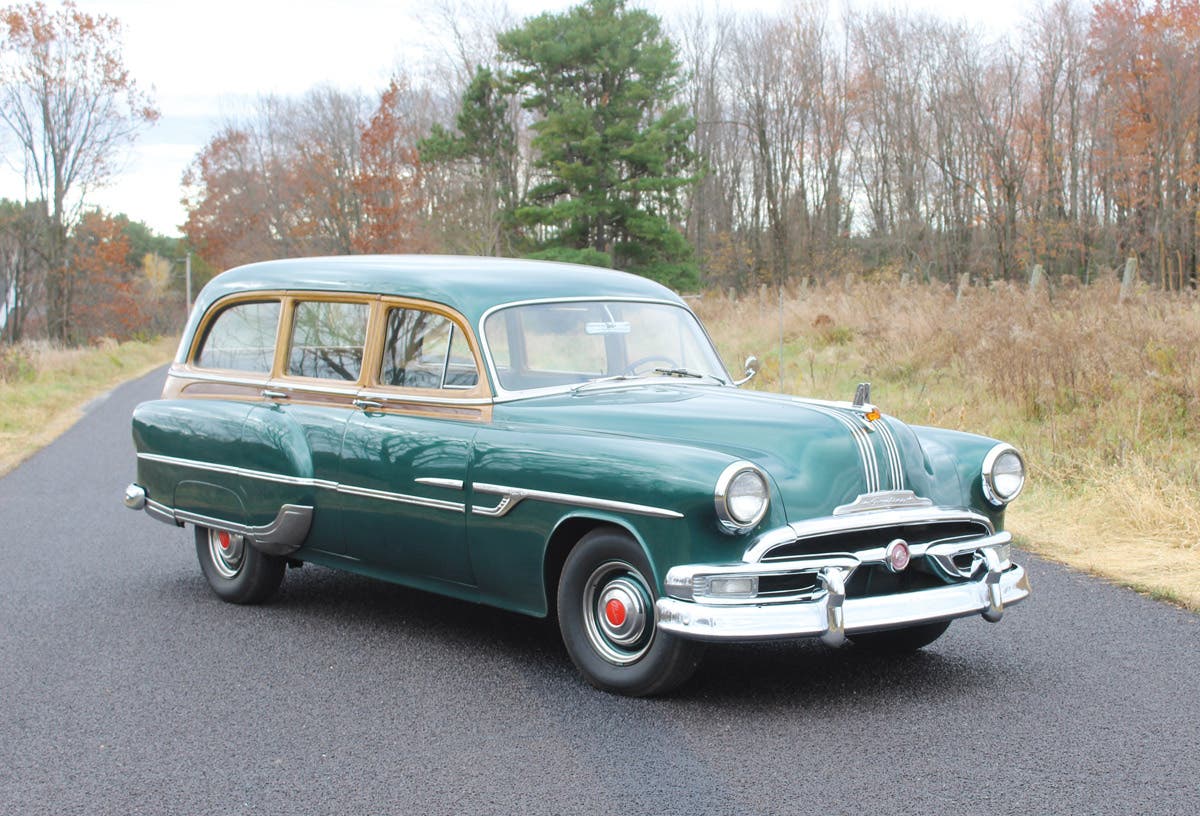Ford’s 1934 Repair Revolution
When times got tough, savvy Ford depended on its parts program to keep customers coming back.
Ford hoped to sell more new cars, like this Victoria, for 1934
than it did, but a new parts and repair strategy helped the
company weather tough economic conditions.
If the current test of domestic automakers is any reflection of the past, you might be in for better products. Case in point: Ford in 1934.
“Under the lash of tremendous competition, American automobile manufacture has been brought to a standard of efficiency which is one of the industrial wonders of the world,” said an industry expert, whose report was submitted to various publications. “In the space of a few short years, improvement has followed improvement so rapidly, not only in production methods but in the product itself, that it has been difficult for even the most careful observer to keep thoroughly abreast of the times.”
Little wonder. It was a stressful time in 1934. It had been that way since the free-fall of Wall Street (sound familiar?) in late 1929. A significant number of auto companies that had publicly faced the resultant economic storm had been blown away in the gale. They had tried to withstand the threat while in huts of straw with only fierce determination and sheer bravado as their protection. Everyone hoped the economy would rally, but that hope lingered on and on, month after month, with only an occasional mini-rally to bolster the hopes of recovery. In the storm’s wake, the once-fertile ground of the auto industry had become a graveyard for corporate shipwrecks.
Smart administrators did more than tighten their belts and rely on bean-counting financial experts to trim and cut. Such thinning only kept the Grim Reaper at arm’s length. Smart administrators looked to innovation and improvements to drive that foe away.
The Ford Motor Co. forced the point when, in the fall of 1934, it was credited as a visionary of a new age. Ford’s idea was simple, and some might say ingenious. As one oberver put it, “Service is a particularly vital problem…and the attitude of the carmakers may be well expressed in the words of the Ford Motor Company: ‘The function of service is to maintain the quality which is built into the car.’”
Ford developed an exchange plan for parts and engines. That was no small order, given the fact that Ford dealers were numerous. They varied, too. They spanned a wide range from mom-and-pop operations in Smalltown, America, to huge dealers and massive big-city distributors that saw their businesses tower three stories tall with room atop the roof for a healthy allotment of new Fords to be stored.
Ford had seen this day coming. A large, specialized staff was already employed at the Dearborn headquarters. Members worked on methods to keep equipment and mechanics up to speed on technology, manuals, procedures for maintenance and repairs and parts availability. If Ford automobiles weren’t selling as fast as company execs had prayed, it fell to personnel in dealerships to service those old Fords until owners finally saw light at the end of the economically gloomy tunnel. When they were ready to buy, Ford officials wanted them to come back to Ford. If Ford dealers stood beside their old customers, the company could make a strong rebound once dollars began flowing again.
The Ford plan maximized the ability of mechanics. All recommended procedures for servicing were tested before being taken to the field. It was reported, “At the Rouge plant, Ford mechanics encounter and solve problems of service under working conditions identical with those which prevail in dealer shops every day. The results of this research work are made available to dealers in a series of service bulletins and by a corps of more than 200 traveling service representatives. The latest dealer help is a series of booklets on various service operations, accompanied by slide films with sound. The first of these booklets was on the correct way to tune the Ford V8 engine.”
What Ford officials did in 1934 was to standardize the process of rebuilding parts and the trustworthiness of the finished product.
“The exchange plan eliminates the human element from major repairs … keeping the customer thoroughly satisfied with the operation of his car,” it was noted. It was much simpler to remove a part and substitute a rebuilt replacement that bore the stamp of corporate approval. It sure beat having a mechanic bend and form tail pipes to fit, or tear apart a starter and hope he would install fresh components properly.
It didn’t take long before the public realized that “Henry Ford & Company” were doing to the service organization what they had done to the production line. Here was “mass production” in car repairs, relying on Ford-sanctioned replacement parts. The concept was a protection against “careless or slipshod work” to avoid “disgruntled owners, unfairly placing the blame against the car,” the factory contended.
To round out the benefits of the plan in 1934, Ford boldly announced that its exchange price list offered a complete cylinder assembly for $46.50 for the four-cylinder engine and only $49.50 for the V-8, including installation! A factory-reconditioned front brake hub and brake drum assembly could be replaced for $4.60, which was a savings of $8.15 over a new part. Many other components were replaced by reconditioned parts with savings ranging around 40 to 65 percent.
The plan kept dealers in business, but it made few friends among independent repair shops that still lumbered in the old process of on-site rebuilding. In 1934, only a Ford agency could engage in the plan. In select instances, this encouraged more independent dealers to swallow their personal pride and join the growing list of Ford dealers.
What car owners also obtained along with peace of mind was the time savings of repairs. Imagine the long hours an on-site engine rebuild would take, versus replacing the entire engine approved by Ford. In 1934, Ford experts estimated an entire engine rebuild done at a dealership absorbed three solid days of work. They further projected that an engine swap took only four hours!
Still, some customers asked, “Can’t you fix it?” Once the benefits of replacement were shared, customers hardly disagreed. The “mass production” of repairs weighed in their favor.
With faster-than-ever service, a smile and a goal to please the customer, the plan worked for Ford. It soon transferred to other carmakers that saw the virtues of improving service at a time when they needed to bolster reputations and assure reliability.



